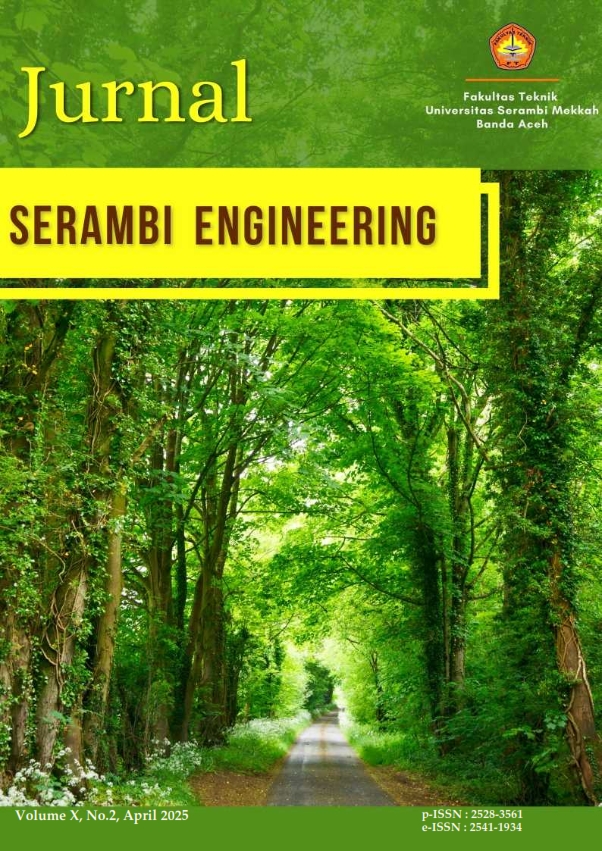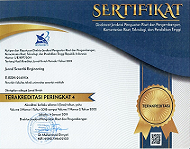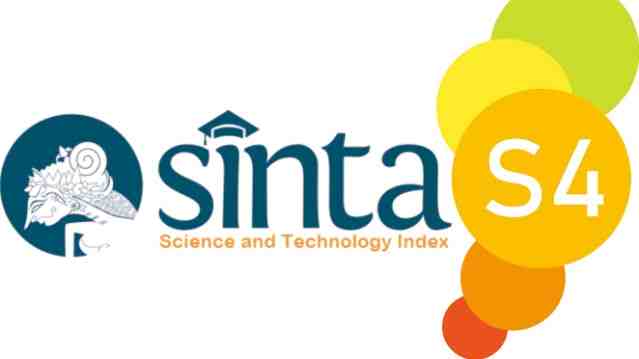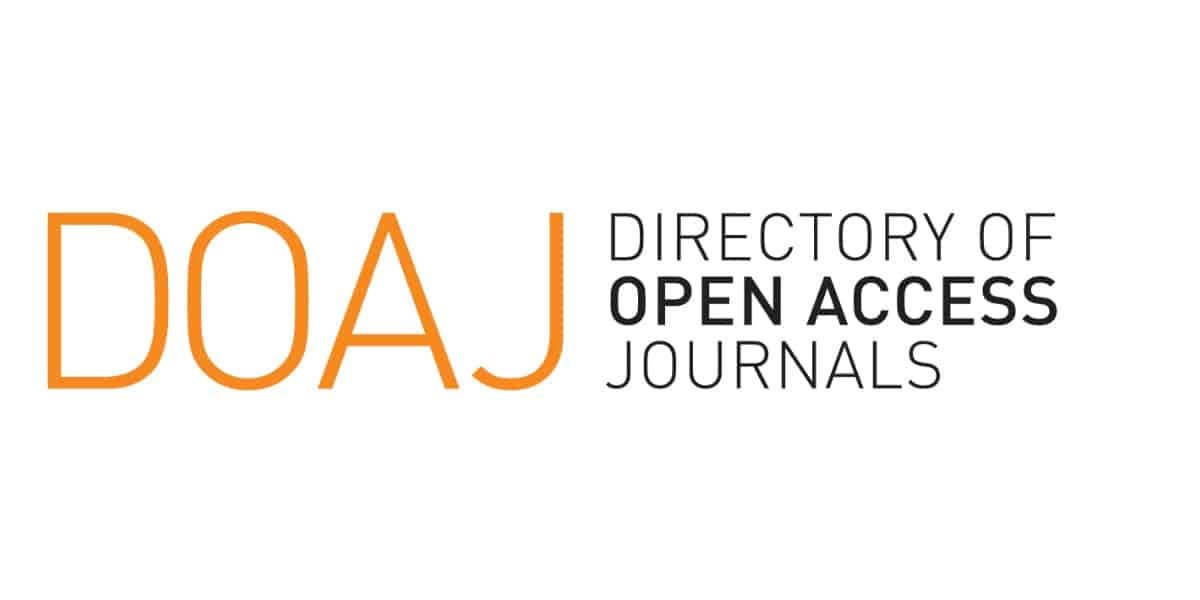Identifikasi Potensi Bahaya Pada UKM Tahu dengan Metode Hazard Identification and Risk Assessment Sebagai Langkah Penerapan Manajemen K3
Keywords:
Occupational Health and Safety (OHS), Hazard Identification Risk Assessment, Occupational Health and Safety Management, Tofu SMEs, Risk FactorsAbstract
The implementation of Occupational Health and Safety (OHS) management reflects a business owner's commitment to protecting workers' health and safety. One key step in implementing OHS is identifying and mapping potential workplace hazards. In small and medium enterprises (SMEs) producing tofu, such hazards often arise during the production process. The HIRA (Hazard Identification and Risk Assessment) method is used for hazard mapping because it systematically identifies hazard locations and critically analyzes risk levels. This study was conducted at a tofu SME in Krajan, Surakarta, and identified several potential hazards categorized into four groups: hazards from the work environment, production materials, unsafe equipment, and production waste. The analysis revealed five high-risk hazards and four moderate-risk hazards. Through hazard mapping, business owners are expected to take preventive measures to minimize or eliminate exposure to these risks. This ensures worker health and safety while maintaining a smooth and uninterrupted production process.
References
[1] Abdul Jawad, Tedi Dahniar, Edi IswantoWiloso. (2024). Pengenalan Tentang Kesehatan Dan Keselamatan Kerja (K3) Dalam Pertanian Pada Kelompok Usaha Tani (Kut) Di Desa Mekar Sari, Kecamatan Rajeg, Kabupaten Tangerang. Adibrata Jurnal VOL 4, 51-58.
[2] Jamiah, Sulistyo Prabowo, Bernatal Saragih. (2022). Identifikasi Potensi Bahaya Pangan Industri Tahu Skala Rumah Tangga Dengan Pendekatan Konsep Hazard Analysis Critical Control Point Dengan Pendekatan Konsep Hazard Analysis Critical Control Point. Jurnal Sains dan Teknologi Pangan, 4920-4941.
[3] Nurdian Evadarianto dan Endang Dwiyanti. (2017). Postur Kerja Dengan Keluhan Musculoskeletal Disorders Pada Pekerja Manual Handling Bagian Rolling Mill. The Indonesian Journal of Occupational Safety and Health, Vol. 6, No. 1 Jan-April 2017: 97–106
[4] Supriyadi dan Fauzi Ramdan. (2017). Identifikasi Bahaya Dan Penilaian Risiko Pada Divisi Boiler Menggunakan Metode Hazard Identification Risk Assessment And Risk Control (Hirarc). Journal of Industrial Hygiene and Occupational Health, 161-178
[5] Cholis Imam Nawawi, Pramudyasari Nur Bintari, Heldi Haris Pranata. (2022). Penerapan Sistem Manajemen K3 untuk Meningkatkan Keselamatan Kerja PT. Multi Jaya Samudera. E-Journal Marine Inside Vol. 4, Issue. 1, July 2022
[6] Pemerintah Republik Indonesia (1970). Undang-Undang No. 1 Tahun 1970 Tentang Keselamatan Kerja.
[7] Muhammad Qasim, Aroj Bashir, Ali Shan, Muhammad Malik. (2014). Concept of Occupational Health and Safety and Evaluation of Awareness Level among Employees. World Applied Sciences Journal, 909.
[8] NIOSH. (2018). National Institute for Occupational Safety & Health.
[9] Erwan Henri Prasetyo, Suroto, Bina Kurniawan. (2018). Analisis Hira (Hazard Identification And Risk Assessment) Pada Instansi X Di Semarang . Jurnal Kesehatan Masyarakat Volume 6, Nomor 5, 519-528.
[10] Carlos Gomes de Oliveira, Fernando Oliveira Nunes, Lígia Simas. (2022). Risk Management in Occupational Health and Safety Context: A Proposal for a Coherent Structure of Concepts and Terminology. Open Journal of Safety Science and Technology, 96-107.
[11] Möller, N. (2012). The Concepts of Risk and Safety. UK: University of Cambridge.
[12] Sugiharto, Agus (2024). Hazard Identification Risk Assessment And Risk Control Measures In Micro, Small, And Medium Enterprises Cuanki In Kasemen District, Serang City. Jurnal Ilmu Kesehatan Masyarakat (JIKM), 393-407.
Downloads
Published
Issue
Section
License
Copyright (c) 2025 Achmad Samudera Dewantara, Nia Sastra Permata, Sherin Ramadhania (Author)

This work is licensed under a Creative Commons Attribution 4.0 International License.

















